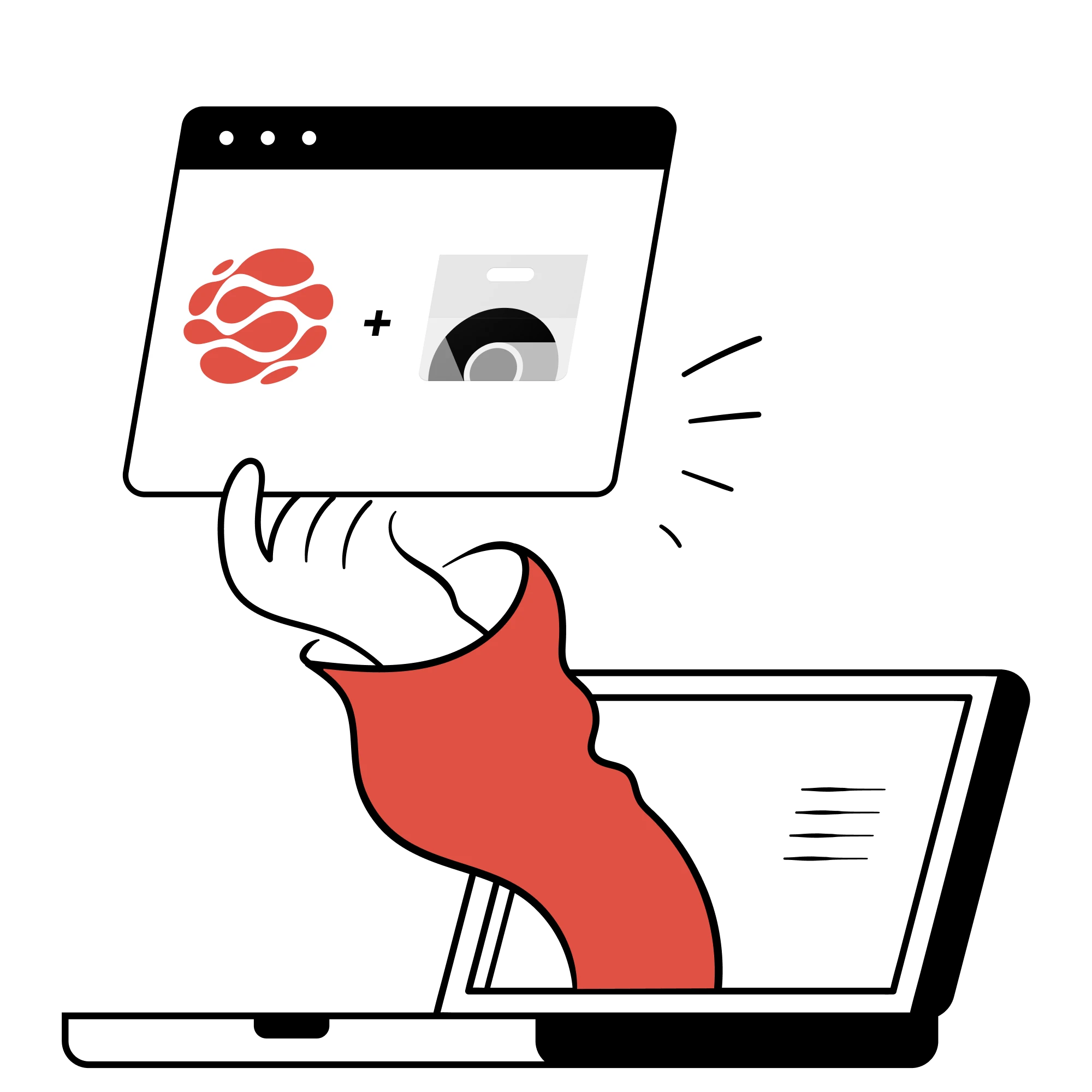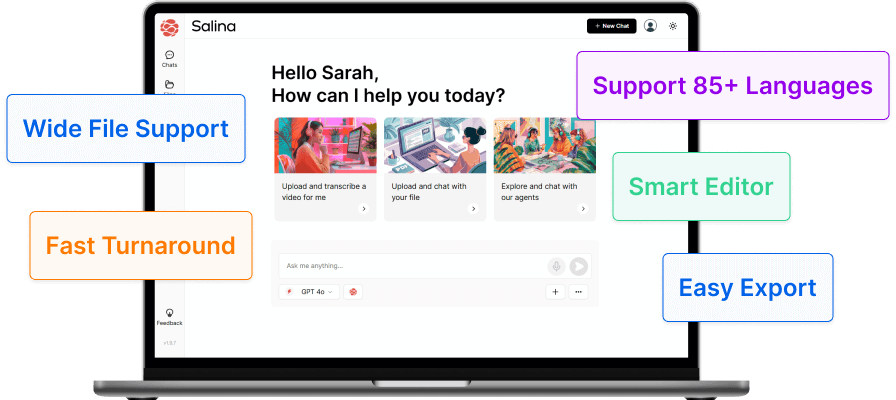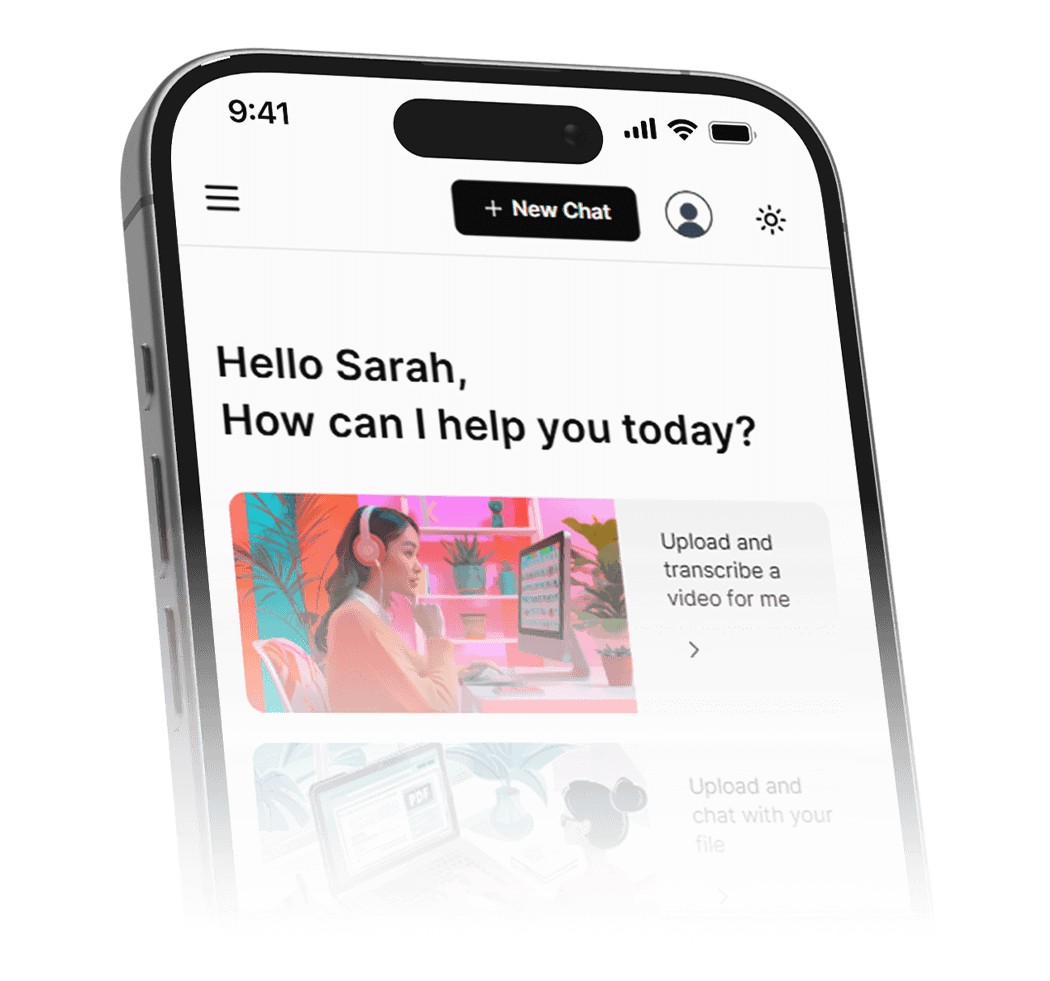Discover a step-by-step guide to leveraging AI prompts for business writing. This guide discusses how AI can streamline your workflow, freeing you to focus on strategic initiatives.
It’s truly remarkable that we can now engage in conversations with artificial intelligence. We’ve reached such a breakthrough, and it feels surreal. The moment you see yourself sitting with this digital companion, fingers placed above the keyboard to bridge worlds with words, is only when the reality sets in. The amount of possibilities, the new friend we’ve gained, and the conversations we can now have that turn data into decisions, and insights into business actions, or at least for this edition, successful business writing.
Come with me to discover how AI prompts can empower your business writing!
The Significance of AI in Business Writing
Artificial Intelligence is transforming business writing by offering tools that enhance human capabilities, especially in analysis, communication, and problem-solving. AI-generated content has the potential to be structured, data-driven, and consistent compared to traditional content.
Professional writing can be nuanced and intricate, filled with unspoken rules and the invisible hand of ‘voice.’ AI may not yet possess the creativity and emotional intelligence of a human writer, but when properly prompted, it is capable of delivering remarkable support in various business writing tasks.
We can consider it a companion for these tasks or, as Alexandra Samuel, coauthor of the renowned book “Remote, Inc: How To Thrive at Work….Wherever You Are,” suggests in one of her newsletter editions, a reliable writing ally.
Mastering the AI Prompt: What’s at Stake?
In the contemporary data-driven business environment, the ability to translate raw information into strategic, actionable insights is invaluable. Effective AI prompts are the linchpins that make this translation possible. They enable AI systems to understand not just what you want them to analyze, but also how you want them to interpret and present that analysis.
The need for skilled AI prompt crafting is underscored by the growing reliance of organizations on AI technology. From chatbots and customer service automation to data analysis and risk assessment, AI platforms are becoming omnipresent. The better the prompts you provide, the more accurate and relevant their output will be.
7 Steps to Create Effective AI Prompts for Business Writing
Here’s your comprehensive guide to crafting AI prompts that will transform your business writing.
Step 1: Know Your Data
Before you write an AI prompt, you need a thorough understanding of your data. Intimate knowledge of your dataset’s composition, scope, and what you intend to derive from it is crucial.
Key Tips:
- Understand the data’s context, collection methods, and any biases.
- Identify any patterns or anomalies in the dataset.
- Ground yourself in the relevancies and redundancies of the data.
Example:
“If you’re in financial services and looking to analyze credit risk, start with a dataset comprising historical loan performance, demographic data, and economic indicators.”
Step 2: Define Your Objective
Your AI prompt is only as good as the clarity of the task it’s aiming to solve. A vague or ambiguous task leads to misaligned results.
Key Tips:
- Clearly state the insights you’re looking to derive.
- Be specific about the output format you require.
- Decide on the level of complexity you want the analysis to incorporate.
Example:
“Analyzing customer churn in the telecom sector, including regional demographics and service usage, to predict high-risk groups.”
Step 3: Hone the Language
Language can make the difference between an intriguing prompt and a confusing one. Develop a clear and structured language that both humans and AIs can understand.
Key Tips:
- Use concrete and descriptive terms.
- Simplify complex ideas without losing meaning.
- Use the right terminology for the domain.
Example:
“Explore customer feedback to pinpoint product feature failures, providing a key element for the R&D decision-making process.”
Step 4: Test, Analyze, and Refine
Crafting an AI prompt is an iterative process. Test your prompts with various AI models, analyze the outputs, and refine the prompts based on the performance.
Key Tips:
- Experiment with different phrasings and structures.
- Compare the results of different AI models.
- Solicit feedback from peers or AI experts.
Example:
“Test out different ways to ask the AI tools for the same analysis task, ensuring consistent high-quality outputs.”
Step 5: Consider the AI Model
Not all AI models are created equal. Some are better at certain tasks than others. Research the capabilities of the AI models you’re using to tailor your prompts for optimal performance.

“AI language models like the GPT series (Generative Pre-trained Transformer) are advanced tools capable of understanding and generating human-like text. These models are trained on vast amounts of text data, enabling them to predict and generate language based on the input they receive. The GPT architecture is designed to handle a wide range of language tasks without needing task-specific training. It uses what’s known as transformers, a type of neural network architecture, which excels in understanding context and generating coherent and contextually relevant responses.”
Key Tips:
- Understand the strengths and weaknesses of the AI model.
- Learn the model’s preferences for input style and format.
- Investigate previous users’ prompts and successful outputs.
Example:
“If you’re using a language model trained on financial data, structure your prompts to align with the model’s expertise.”
Step 6: Think Creatively
AI can do many mundane tasks, but it thrives with creative thinking. Craft prompts that encourage AI to think laterally and provide unique perspectives.
Lucas Pimentel a developer of AI-powered apps to address genuine business challenges and a self-proclaimed “prompt junkie”, once said in one of his tweets that “You will realize that the overarching theme of a good prompt is to control the behavior of the AI, while giving it enough room to be creative.” and we couldn’t agree more!
Key Tips:
- Ask open-ended questions.
- Provide real-world scenarios that challenge the model’s creative analysis.
- Solicit potential outlier insights.
Example:
“Seek unexpected insights in market research by asking for potential learnings from unrelated industry data.”
Step 7: Document and Share Best Practices
As you refine your approach to AI prompt writing, document the prompts and analysis that yield the best results. Share these best practices across your organization.
Key Tips:
- Create a repository for high-performing prompts.
- Document the analysis methods that proved effective.
- Encourage collaboration and knowledge-sharing.
Example:
“Maintain a living document of AI prompts, their respective models, and the resulting insights, updated regularly as new data and AI capabilities emerge.”
The Power of AI Prompts
AI prompts are more than just words strung together; they’re directives to an AI system that guide its thinking and analysis. The ability to craft effective AI prompts can transform how professionals in every industry interact with AI technologies, yield deeper insights, more timely responses, and in the end, better business decisions.
Also Read: AI Prompting for Technical Writers
Continual Learning and Adaptation
Remember, AI technologies are constantly evolving. The prompts that work well today may need adjusting tomorrow. Be open to learning and adapting as you continue to flex this skill.
Stay Informed:
- Keep abreast of the latest developments in AI technology.
- Participate in AI prompt writing communities.
- Continually train and fine-tune AI models for your specific needs.
Let AI Work for Your Words
The tools and strategies we’ve outlined serve as a roadmap for unlocking the potential of AI in your business writing. By mastering the art of AI prompt crafting, you’ll not only enhance the quality and efficiency of your writing process but also ensure that AI becomes a true strategic ally, helping you drive your business forward.
The AI writing journey may be complex, but with these guidelines and a commitment to excellence, the future of business writing can be yours to shape. Now, it’s time to apply these insights, explore the capabilities of AI further, and craft your own AI prompts that resonate with potential, power, and precision.
Remember, the best prompt is not just spelled out; it’s lived out, in every line, every logical leap, and every invaluable insight delivered. The future of business writing is now, and it’s time to make AI work for your organization with the right prompt at the right time.





